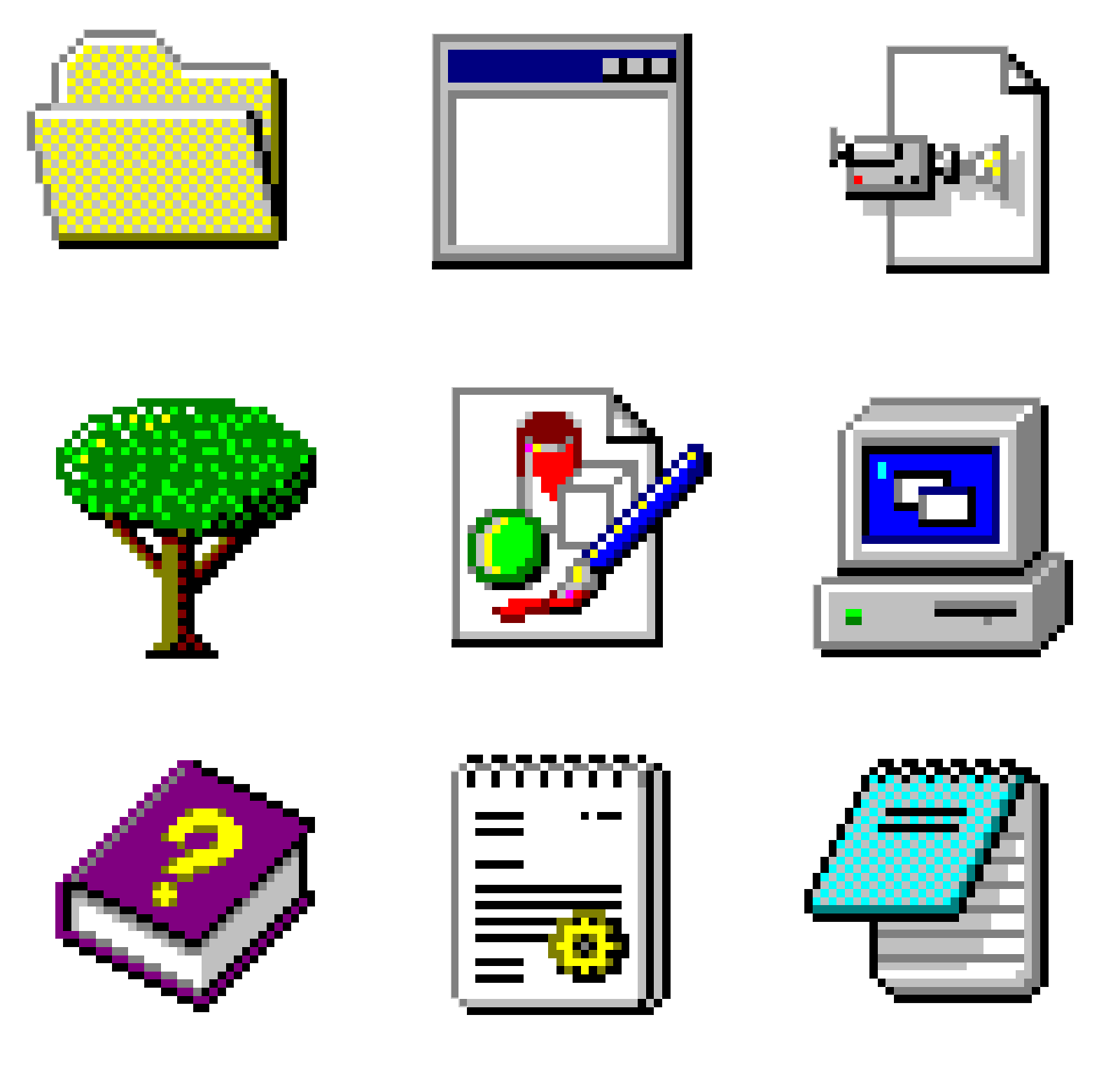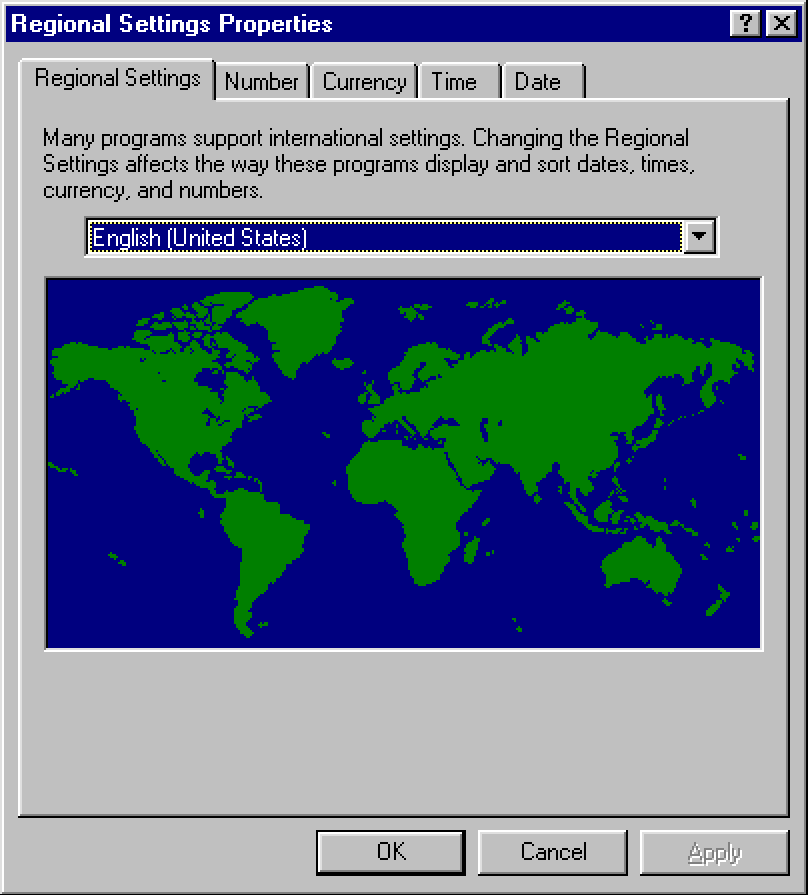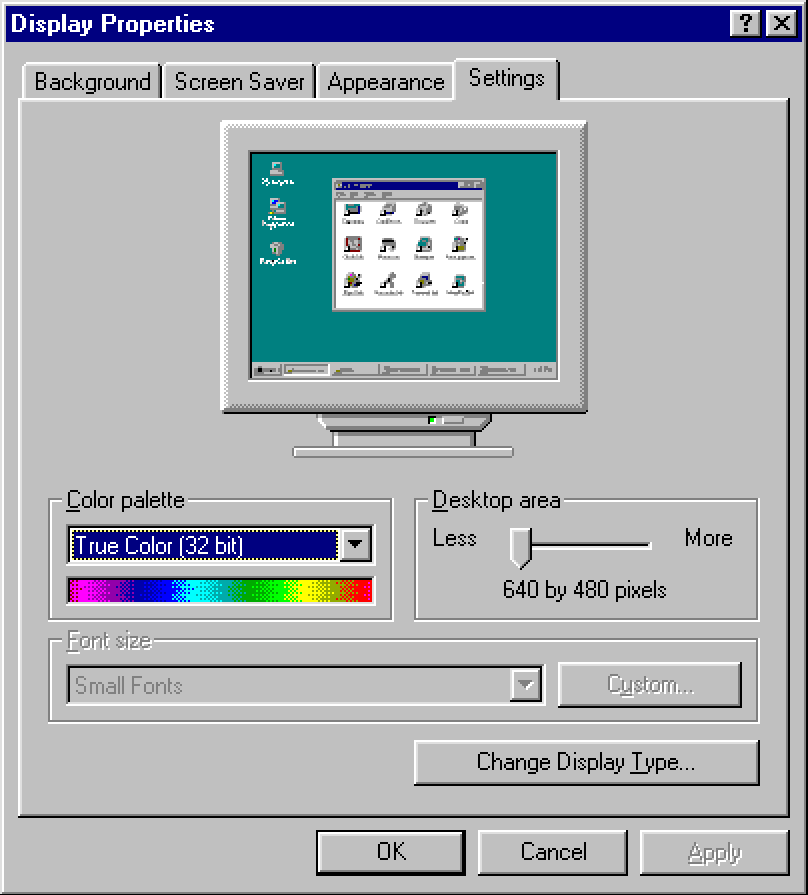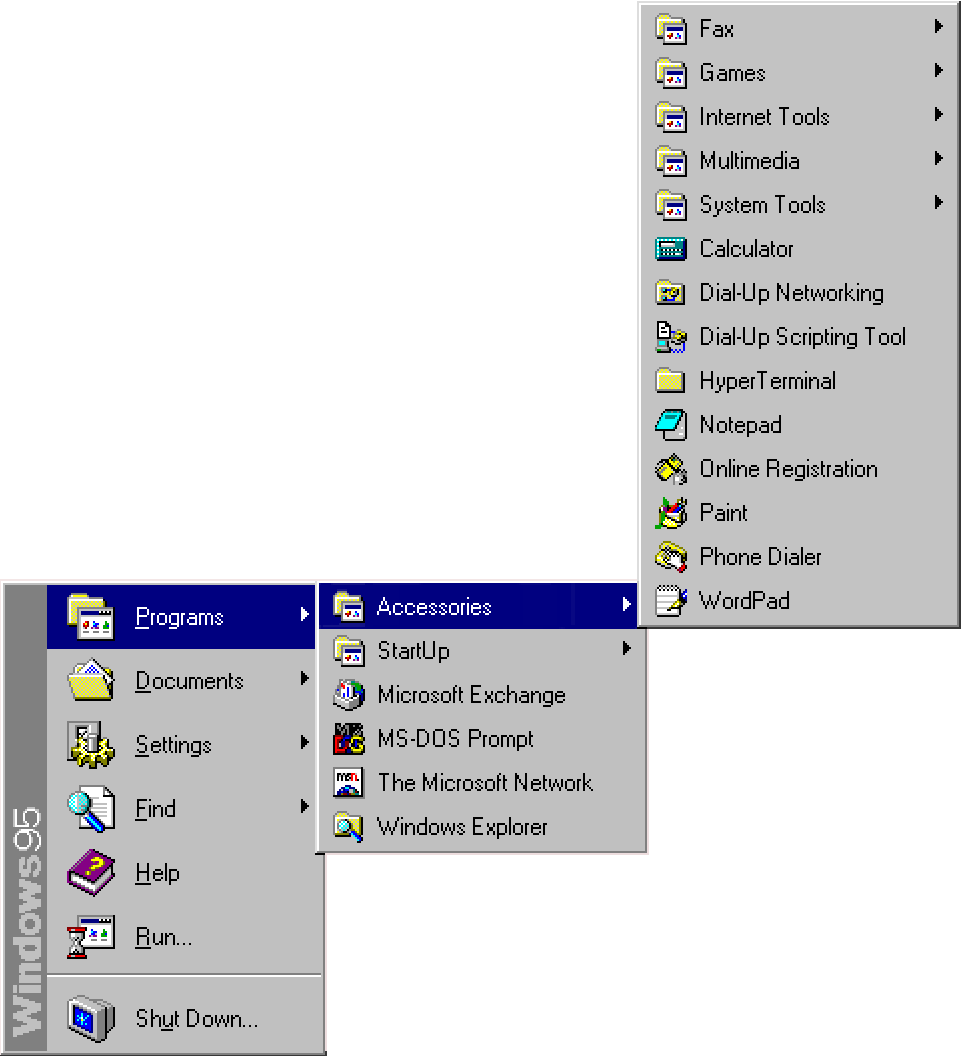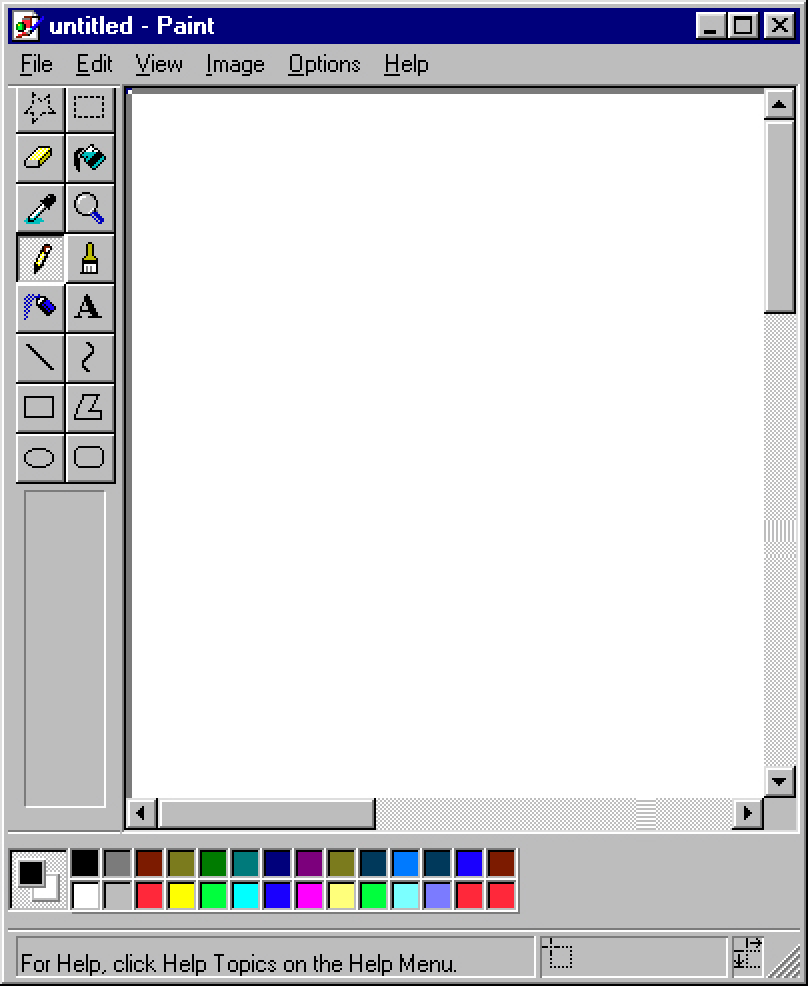In 1995, the Windows operating system reached a certain threshold. Microsoft’s iterative design approach allowed for more cycles of prototyping and user-testing than a typical project span would allow. It became more refined before it went public, resulting in something that felt new and cohesive. ‘Refined’ may seem a strange word to describe Windows 95—but it was refined. In my memory, at least, it has registered as more of a place than a mere interface. The sense of where things were in relation to one another felt real enough to inhabit.
Setting the wrong resolution or color depth would result in having to restart, pieces of code from older programs lingered around and corrupted the registry, and as the younger version of me found out, adding a few lines of text into a single system file could cause the entire operating system to fail to load. An 11 year old writing Beavis & Butthead fan fiction into the system.ini file was not one of the use cases accounted for by the team at Microsoft.
I spent an overwhelming amount of my time with Windows 95 troubleshooting. After a quick look through Microsoft’s mostly useless Help directory, I would look through every advanced settings tab until I found something relevant. The stress, I’m sure, only adds to the weight of my recollection.
Now that it’s all safely behind us, let’s take a leisurely stroll through some of the most poignant of Windows 95 nostalgia.
